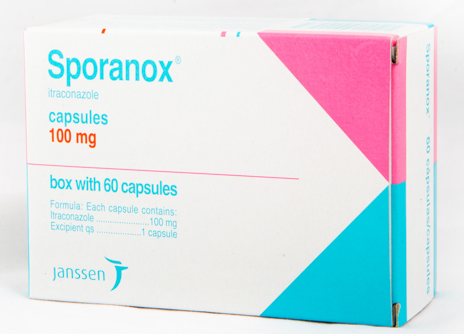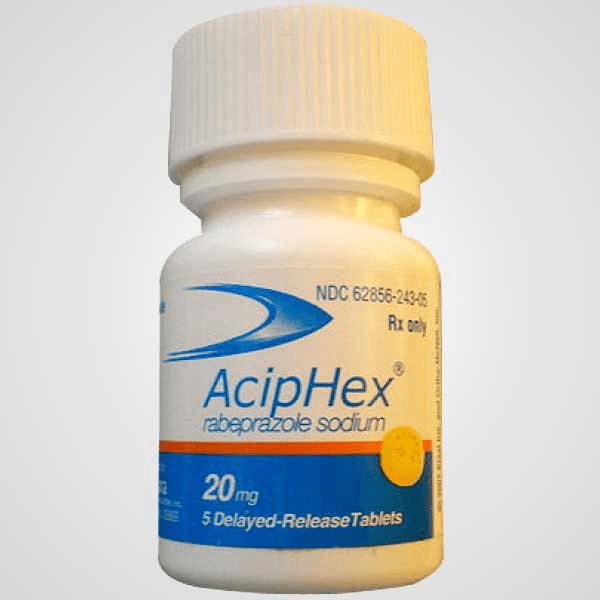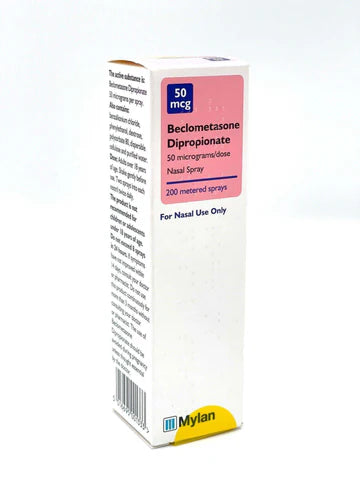
Related products
What is Sporanox ?
An antifungal drug called Sporanox is used to treat severe fungal infections. By interfering with the development of the fungal cell membrane, it kills sensitive fungi. Fungus infections, which can affect any part of the body, including the lungs, mouth, throat, toenails, or fingernails, are treated with sporanox. There are additional uses for sporanox besides those covered in this medication guide.
Benefits of Sporanox for Health
The following are some potential advantages of using Sporanox:
- Decrease or get rid of fungal infections
- Hand or toe nail fungus treatment
- Reducing the itching, redness, and swelling brought on by fungus infections.
Symptoms of Sporanox
The following are possible Sporanox side effects:
- Diarrhea
- Vomiting
- Abdominal pain
- Migraine
- Vertigo
– Rash
Sporanox comes in capsule form, and it's typically taken twice or three times daily. It needs to be consumed with food. Sporanox can cause a number of common side effects, such as nausea, diarrhea, stomach pain, headaches, dizziness, and rashes. Typically, these side effects are minor and go away on their own. Consult your doctor right away if you experience any serious side effects.
Sporanox dosage and administration
Sporanox is offered as a solution and oral capsule. Adults typically take 100 mg (two 50 mg capsules) once daily. The dosage for kids is determined by weight.
While the solution can be consumed either way, the capsules must be taken with food.
The suggested dosage is 200 mg (four 50 mg capsules) once daily for 12 weeks to treat toenail or fingernail fungus.
To prevent reinfection, it is important to keep your nails clean and trim, and to avoid contact with people who have infections using this medication.
Interactions
Other medications, vitamins, or herbal supplements you may be taking may interact with sporanox. When a substance modifies how a drug functions, there is an interaction. This could be harmful or stop the medication from working properly.
Your doctor needs to carefully monitor all of your medications to help you avoid interactions. Tell your doctor about all of the drugs, vitamins, and herbal remedies you are taking. Speak with your doctor or pharmacist to learn how this medication may interact with other medications you are taking.
Drugs like the following can interact with Sporanox:
- Ketoconazole
- Itraconazole
- Erythromycin
- Rifatampin
- St. John’s wort
- Closporine
The list of medications that could interact with Sporanox is not exhaustive. Sporanox should be used with caution in patients who are taking ketoconazole, itraconazole, or other medications for fungal infections due to potential drug interactions. Patients should use this medication cautiously if they are also taking rifampin or St. John's wort. Doctors should keep a close eye on their cyclosporine-using patients.
Process of Action
Sporanox's exact mode of operation is unknown, but it is assumed that it interferes with the development of the fungal cell membrane. As a result, the fungus is more vulnerable to the effects of other antifungal drugs. Sporanox falls under the category of an azole antifungal drug.
Antifungal agents called azoles function by preventing the production of ergosterol, an essential part of the fungal cell membrane. The fungal cell membrane becomes more permeable when ergosterol synthesis is inhibited, which results in cell death.
Pharmacokinetics
Sporanox is rapidly absorbed from the gastrointestinal tract and peak plasma concentrations are reached within two to four hours. The liver metabolizes sporanox extensively, and the metabolites are eliminated in the urine and feces. Sporanox has a half-life of 20 to 50 hours.
Substitutes for Sporanox
Alternative antifungal medications are widely available. Several instances include:
- Clotrozole
1. Ketoconazole
- Microconazole
– Terbinafine
Your doctor can advise you on the best treatment option for your particular circumstances.










 Rated Excellent by 14,617+ Reviews
Rated Excellent by 14,617+ Reviews